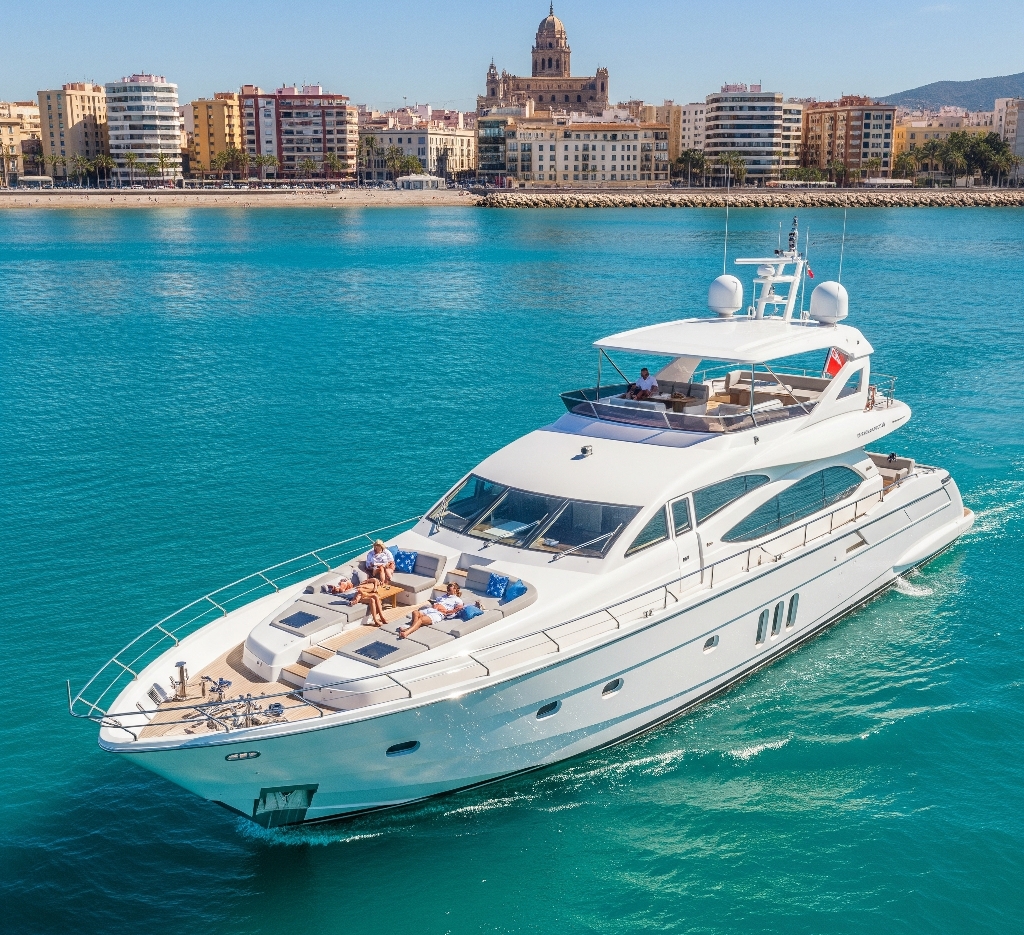Introduction
A few years ago, yacht investments were exclusive to affluent and ultra-high-net-worth individuals. Today, even mid-range high-net-worth individuals are entering this market, attracted by the promise of risk-adjusted returns. However, critical factors like liquidity risk, steep depreciation, high maintenance costs, and seasonality can significantly impact profitability. In this article, we are going to take a closer look to the yacht investment risks and returns.
According to Mordor Intelligence, the global yacht market is projected to grow at a CAGR of 6.39%, rising from $10.12 billion in 2025 to $13.79 billion by 2030. Compared to the 5-year Treasury note yield of 3.88%, this suggests a 2.51% premium—a seemingly attractive return. Yet, this premium comes with substantial risks that could outweigh the benefits. Let’s analyze whether yacht investment is truly worthwhile.
1. The Illusion of Attractive Risk-Adjusted Returns – Yacht investment Threats and Profits
Yacht investors expect higher returns than traditional low-risk assets, but physical ownership introduces unique challenges:
- Maintenance Costs: Berthing, insurance, crew salaries, and repairs erode profits.
- Underperformance vs. Stocks: While yachts may offer a 2.5% premium over risk-free yields, the S&P 500’s 14.4% annualized return (last 5 years) dwarfs this.
- Financing Hurdles: Unlike stocks or derivatives, yacht loans often require collateralization, increasing risk and reducing leverage flexibility.
2. Liquidity and Basis Risk
- Limited Buyers: The yacht market lacks the liquidity of stocks or forex, making quick sales difficult.
- Basis Risk: Investors may struggle to convert assets to cash at fair value due to market illiquidity.
3. Depreciation: The Silent Profit Killer
Yachts face accelerated depreciation due to:
- Environmental Damage: Humidity, saltwater corrosion, and engine wear from use.
- Obsolescence: Newer models reduce resale value.

4. Maintenance & Operational Costs when analysing yacht investment risks and returns: The Hidden Burden
Holding a yacht until sale incurs steep costs:
Berthing Fees: $40,000–$100,000/year for an 80ft yacht in premium marinas.
5. A Smarter Solution: Cash-Settled Contracts
To mitigate risks, the industry could adopt cash-settled contracts (similar to futures/options):
in case of closer look at the yacht investment risks and returns
- No Physical Transfer: Trade yacht rights without ownership hassles.
- Lower Costs: Eliminates storage, maintenance, and depreciation risks.
- Improved Liquidity: Enables easier leveraging and faster exits.
Conclusion
While yacht market growth appears promising, when study yacht investment risks and returns,the high costs, illiquidity, and depreciation make it a high-risk, high-effort investment. For savvy investors, cash-settled contracts could offer a more viable alternative—combining yacht market exposure with lower operational burdens.
Before investing, weigh these risks carefully against potential returns.


